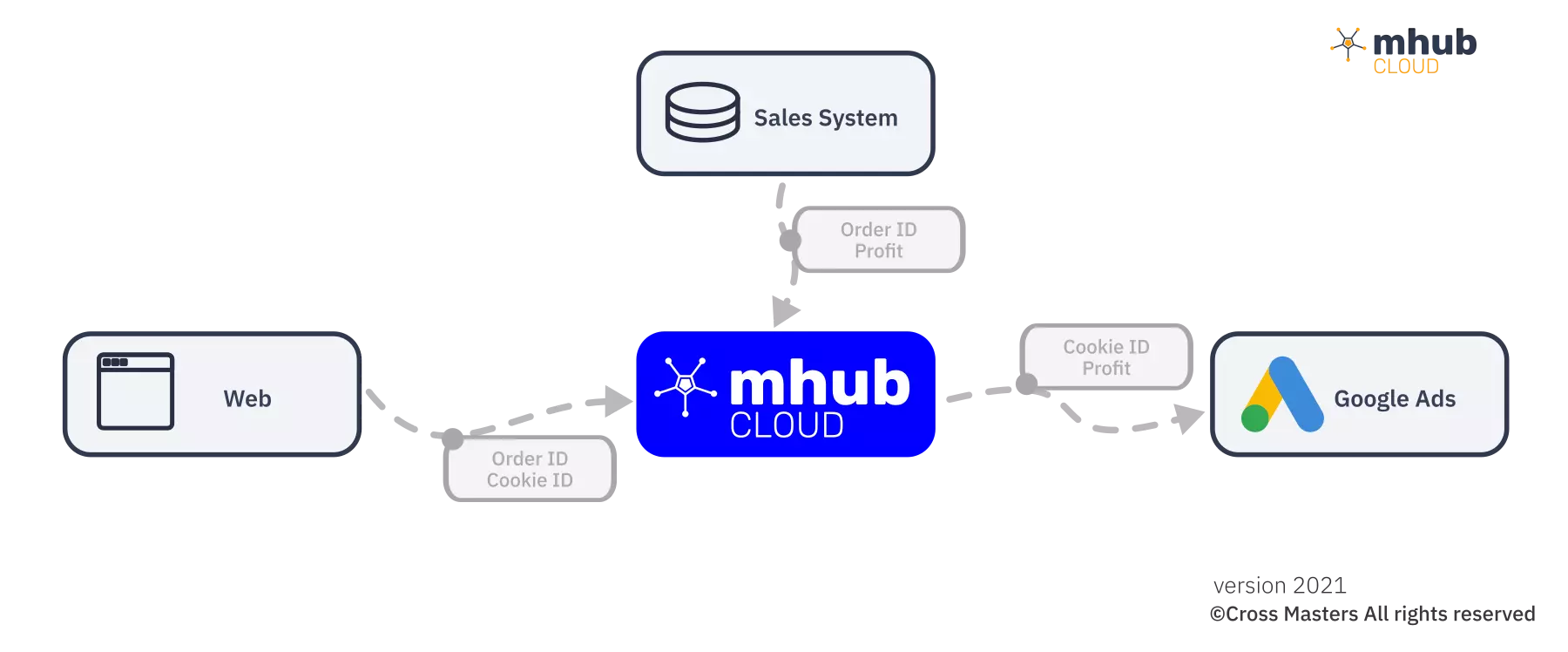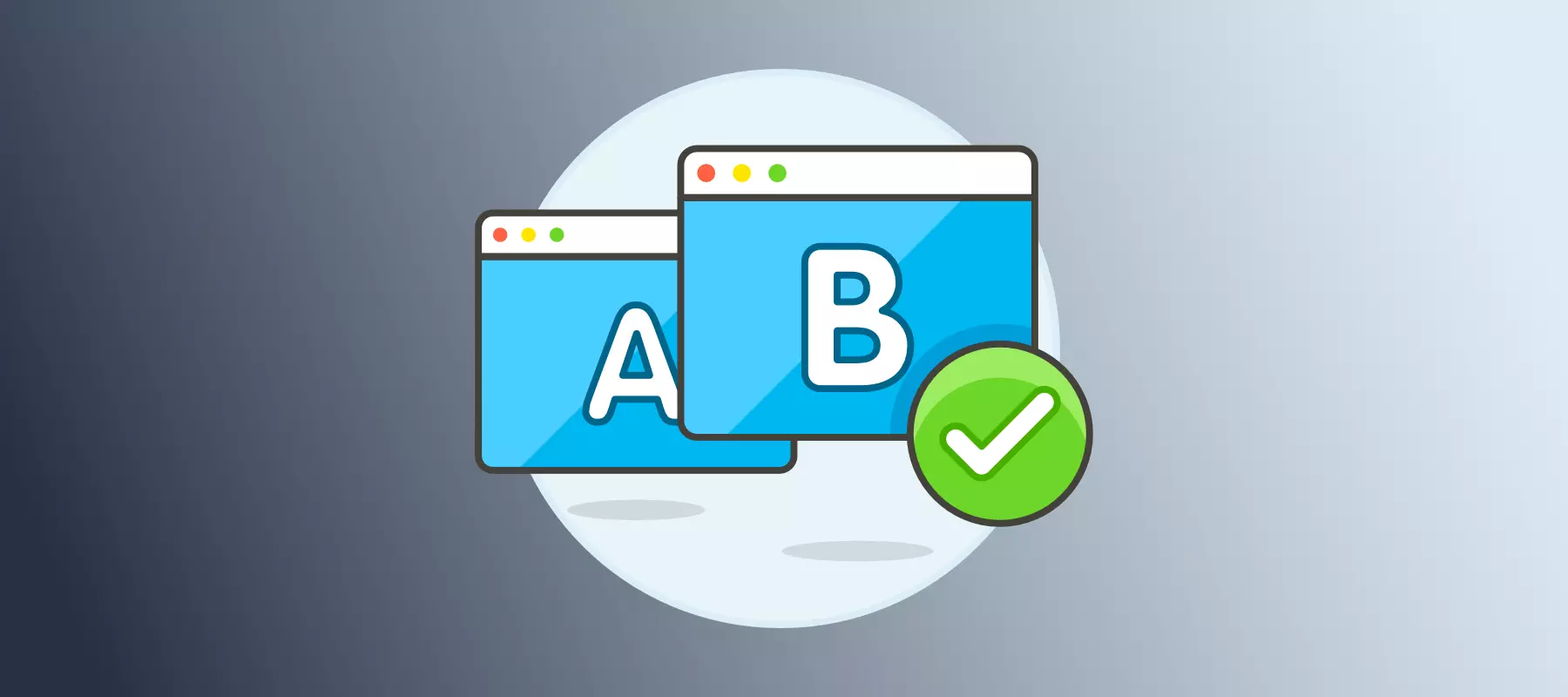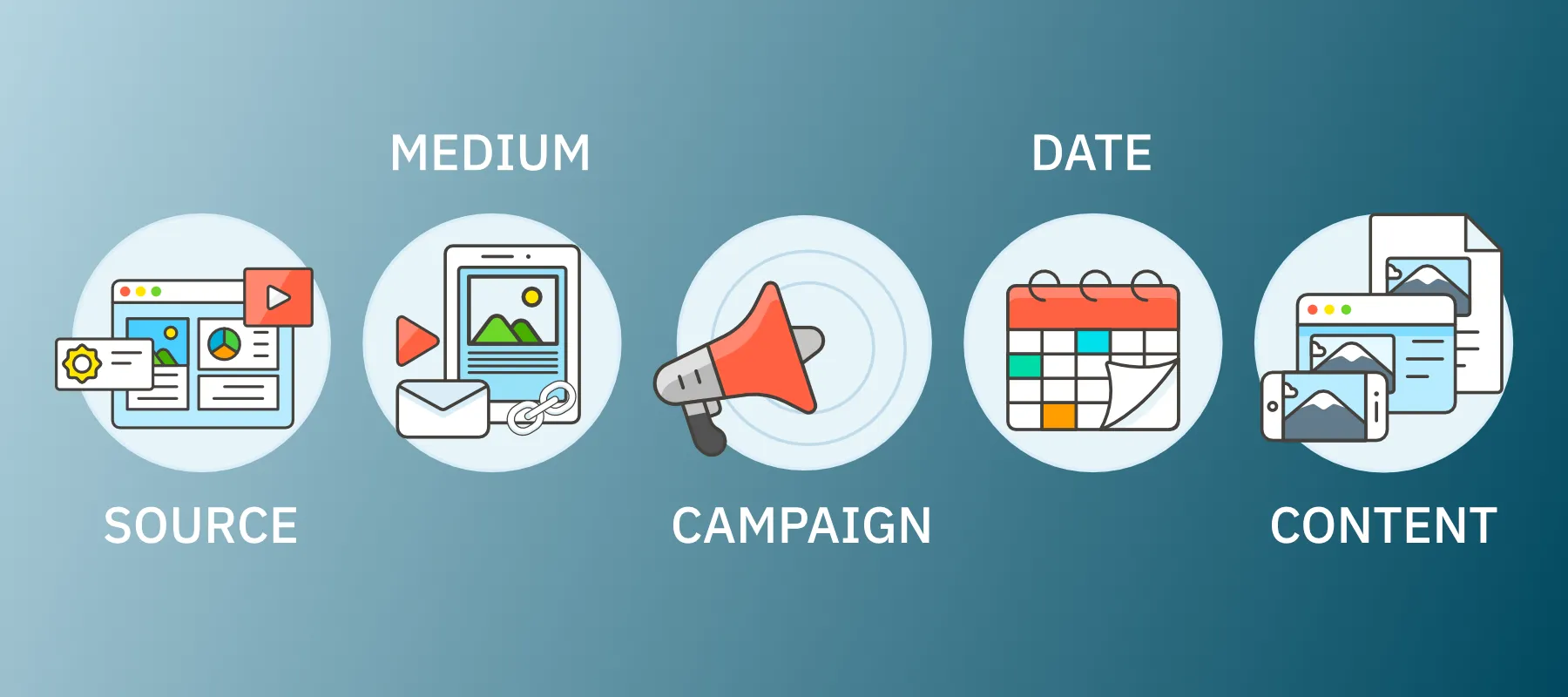Improve Google Ads strategy with Profit data
Published: Jun 16th 2021 | 8 min read

Google Ads bidding
Simply put, Google Ads advertising serves one purpose only: invest sources to get conversions. However, in practices, the “science” behind it is not that simple. You are bidding over your competitors thousands of times every second. Every time the ad space is available (a person search something on Google or opens a page), Google carries out an auction and decides which particular ad will be shown to that particular person. Some cookies (users) are more worthy for you than others. Automatic smart bidding algorithm learns from your data using AI, which cookies (users) are likely to convert, and it uses the information for decisions of automatic bidding.
You need data. But what data?
Google Ads automated smart bidding AI needs conversion data to learn and optimize its strategy to function properly. However, sending orders to Google Ads has two dimensions.
- The first is to record the order as such that it has been actually made by a user.
- But the second dimension is the value of the order.
The simplest and at the same time the most widespread solution is to send data on orders with their turnover. Turnover is publicly known information displayed on your website, so it is easily available and at the same time you do not have to be afraid to send it anywhere. However, if you have ever encountered product pricing at least marginally, then you must know that turnover is actually the worst value on which to optimize a marketing algorithm. It is more optimal to build the algorithm on the profit or at least on margin, as that is the value you get your earnings from, at the end of the day. The order with the highest turnover is often not the one with the highest profit. However, obtaining the profitability of orders is not an easy task and requires a non-trivial infrastructure and implementation of processes in the company.
By default, order turnovers are sent directly from the website frontend, which unknowingly solves one of the other important tasks for you. Because the order is sent from the frontend, Google can link the order with a specific user or with a specific click on the advertisement via cookies, which it needs to optimize its algorithm.
The problem is that profitability is not an information you would like to expose publicly or directly to your competition. And whatever is sent from the frontend of the site is completely available for anyone to see. Our solution sends only a part of the information from the website frontend and connects them with the profit in backend processes, thus the profit on individual order is passed on in a secure, non-public way. Also, the order’s profit changes over time and thus it is not even possible to send the final profit from the frontend once the order is completed.
Before you start
There is only one, but very challenging, condition before you send profit to Google Ads: You must have the calculated profit (or margin) on each individual order. If may seem like a simple task at first, but trust us, it is not. From the experience of working with many clients, profit calculation can sometimes take longer than the solution implementation itself.
However, the profit must be calculated correctly, reliably and on time. All three of these aspects are key to managing Google Ads profitability. There will always be something missing from the profit calculation. It is not possible to have real-time profit calculation, nonetheless, the more accurate and faster you can calculate it, the better your Google Ads targeting will work.
For clients with longer customer journey like banks, automotive, B2B, traveling and so on, just sending so called real conversion could be a huge step in bidding effectivity. If you are sending conversion into Google Ads, which has less than 80 % probability to be profitable, then it is your case. This is mostly happening in cases when conversion sent into the Google Ads is just a lead, and someone must take another action to pursued the user to really want the product or service. If you start sending data on the leads that actually converted into Google, your bidding effectivity will rise significantly, you will save more money and get more conversions. Everything we describe in the following parts of the article can by applied on these cases as well.
How it works

For processing and connecting data, you can use our tool called mHub Cloud. This tool manages backend measurement into several marketing platforms including Google Ads.
Thanks to mHub cloud you gain more control over your data which you can enrich and increase the performance of your campaigns.
In theory, the process is simple, as shown on the picture above. We'll take data from two sources, combine them, and send them to Google Ads. In practice, it is a matter of integrating several very different data sources and non-trivial data cleaning. The process includes deduplication, attribution and additional cleanup mechanisms that prepare the data for proper processing by Google Ads.
The fundamental issue of the whole technique is that the profit changes and is actually more and more accurate in time. For example, because you already know that the order has been paid for and collected, it can no longer be returned or claimed, etc. All these events affect the resulting profit. On the contrary, from an accounting point of view, until the order has been paid, the profit is 0. Which, in case of a cash payment, the actual profit will be delayed for a few days. That's too late for Google Ads. For this reason, we recommend calculating the profit on the order immediately after completing the order. Otherwise, Google Ads receives a large number of zero values that keeps the bidding algorithm grounded. Another extreme situation is when the algorithm is encouraged to bid unnecessarily, as some orders will not be paid in the end.
The solution to this conflict is prediction, which greatly improves the effectivity of the bidding algorithm. The calculation of profit prediction using AI takes place inside the mHub Cloud. The prediction is used especially when the order has not yet been paid, or when 14 days have not elapsed since the order was picked up (due to possible returns). In the moment that the order is canceled, returned, etc., the predicted value is replaced by the real profit value directly from your system.
Error Alerts
The cherry on top is a consistent assurance that everything is going smoothly. mHub Cloud has an already integrated sophisticated alerting, which monitors data at various levels. If there is an error or even a data failure at any level, we will know immediately, and we can react in a reasonable time and fix the problem.
A short-term outage is not critical for the entire system. If the system fails for one or two days, then it doesn’t have to be critical. The bidding algorithm in Google Ads will continue to work and a few days outage will only slightly affect it, still keeping within the campaign plans. However, a multi-day outage could be critical, effecting the bidding severely, as the algorithm will begin to affect each day more and more. Therefore, having a system of warnings that scans the data for correct retrieval makes a difference.
Conclusion
Sending profit to your Google Ads instead of turnover can make a significant change in terms of optimizing your marketing budget, hence increasing performance of marketing campaign, simply by not wasting resources on nonprofitable products, or draining your budget due to false orders. The easiest, secure and better in a long-term way as well, is integrating the information on the backend and sending clean and enriched data to Google Ads. mHub Cloud is a quick and easy solution that may help you overcome more obstacles. The anonymization, predictions and alerting system opens new opportunities how you can use the data you already have and achieve better outcomes.



